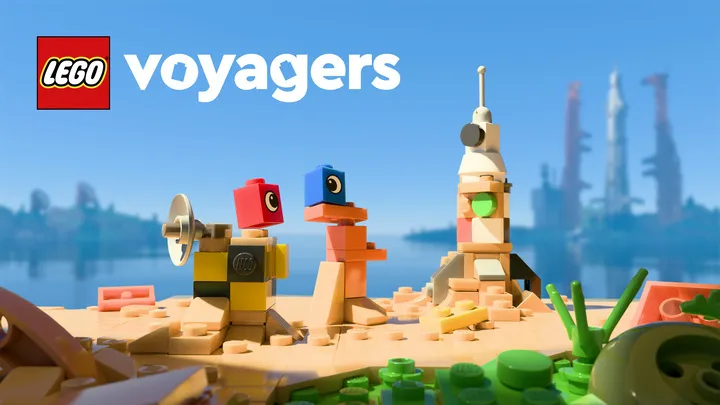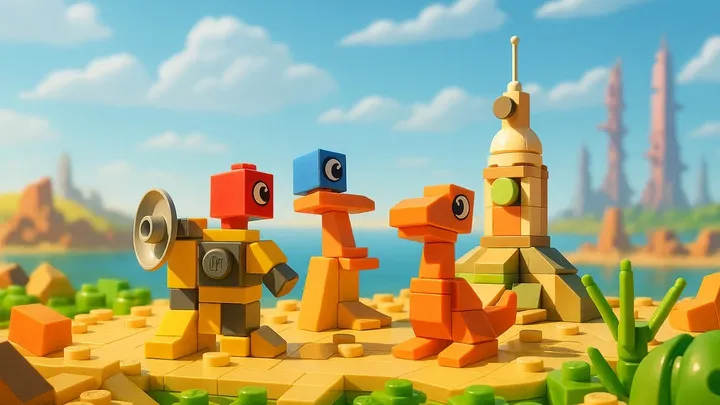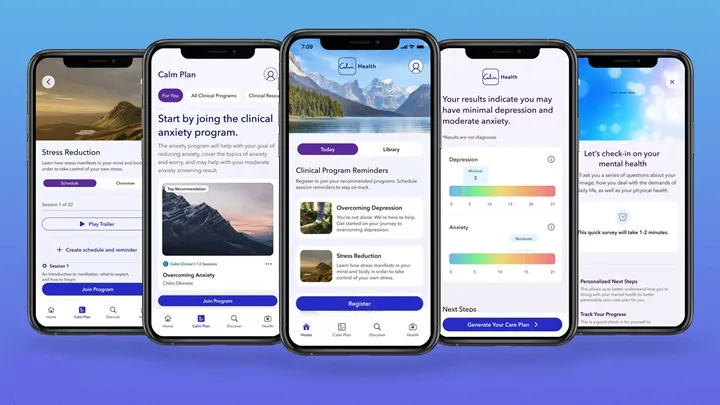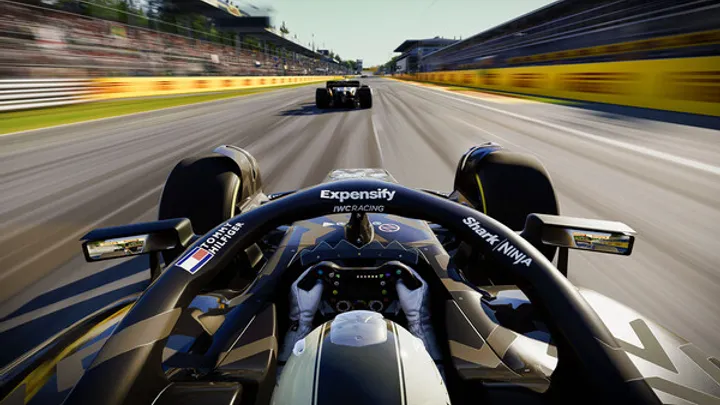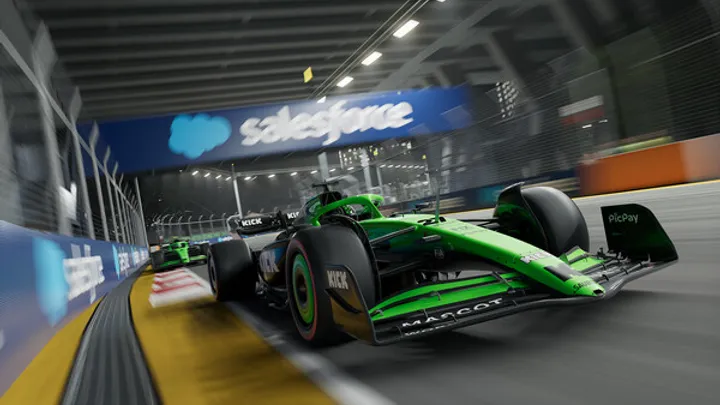Every adventurer in LEGO® Voyagers eventually discovers one truth: your survival isn’t limited by enemies, weather, or puzzles—it’s limited by resources. Bricks, rare components, and functional pieces decide whether you progress smoothly or stall in frustration. This article dives deeply into how to manage, allocate, and maximize every resource from the start to the endgame.
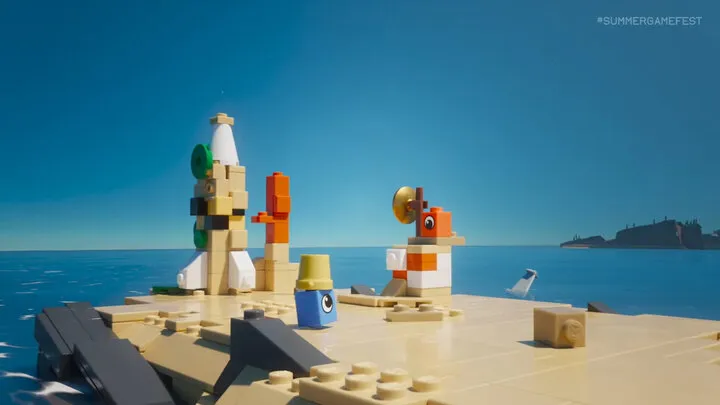
1. Early Game Resource Priorities
The first hours set the tone for the rest of your adventure.
- Focus on basic bricks (2x4s, plates, and connectors). These form 70% of your builds in the first stage.
- Avoid wasting decorative bricks—store them until puzzle-specific missions require them.
- Always create a resource logbook—a simple system of sorting: survival, utility, and rare.
2. Understanding Resource Types in LEGO® Voyagers
Basic Bricks
Common, versatile, needed for shelters, markers, bridges.
Functional Bricks
Hinges, rotating joints, wheels—vital for puzzles and mobility.
Rare/Power Bricks
Energy cores, transparent studs, glowing elements. Mostly late-game unlocks.
3. The Brick Economy: Ratios and Allocation
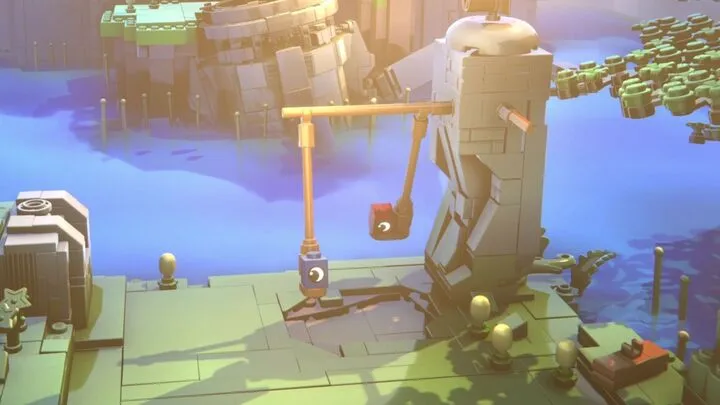
Apply the 60/30/10 Rule:
- 60% basic multipurpose bricks
- 30% functional/utility pieces
- 10% rare or decorative
This ensures survival efficiency while still preparing for progression.
4. Storage Systems and Organization
Personal Inventory
Carry no more than 50 bricks at once. Overweight slows you down.
Mobile Containers
Build brick carts early—4 wheels and a base plate let you double your carrying capacity.
Campsite Storage
Keep separate chests by color for fast retrieval.
5. Resource Gathering Efficiency
- Cluster Mining: Always harvest in groups of 20+ bricks per area before moving on.
- Hotspot Identification: Watch NPC explorers—where they linger often indicates rare drops.
- Brick Recycling: Break unused builds into core bricks before traveling.
6. Trading Resources with NPCs
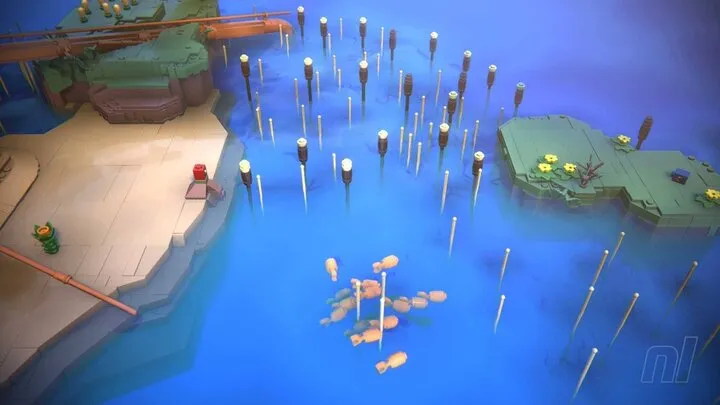
Not all trades are worth it. Follow these rules:
- Never trade 2-for-1 for basic bricks.
- Always exchange surplus basics for hinges and rotating connectors.
- Hold onto transparent pieces—they become vital for puzzle-solving in midgame.
7. Resource Use in Puzzle Mechanics
Many puzzles trick players into overbuilding.
- Use symmetry tricks: Hinges let you copy designs without doubling brick costs.
- Temporary Builds: Make collapsible versions of bridges and lanterns to reuse bricks elsewhere.
8. Survival and Environment Resource Management
- Shelters: Minimalist designs are best. 6–10 bricks can keep you safe from storms.
- Weather Proofing: Use slope bricks sparingly—angle one roof panel at 45 degrees, don’t waste extra.
- Heat/Cold Areas: Carry portable awnings and panels for reusable protection.
9. Cooperative Resource Sharing

Role Division
- Collector = Gathers basics
- Builder = Handles functional builds
- Scout = Carries markers, rare bricks
Shared Kits
Split inventory so two people together can always build emergency structures.
10. Endgame Resource Strategy
By the endgame, efficiency is everything.
- Recycle Old Bases: Tear down early structures to reclaim stockpiles.
- Supply Depots: Place permanent caches every 300 steps for infinite exploration cycles.
- Mega-Builds: Save rare bricks for airships, energy-powered doors, and fortresses.
Conclusion
In LEGO® Voyagers, resources aren’t just materials—they’re your lifeline, your toolkit, and your future. Managing them well means mastering brick economy, prioritizing essentials, trading smartly, and recycling constantly. Those who waste bricks will always be rebuilding; those who save them will always be advancing.









